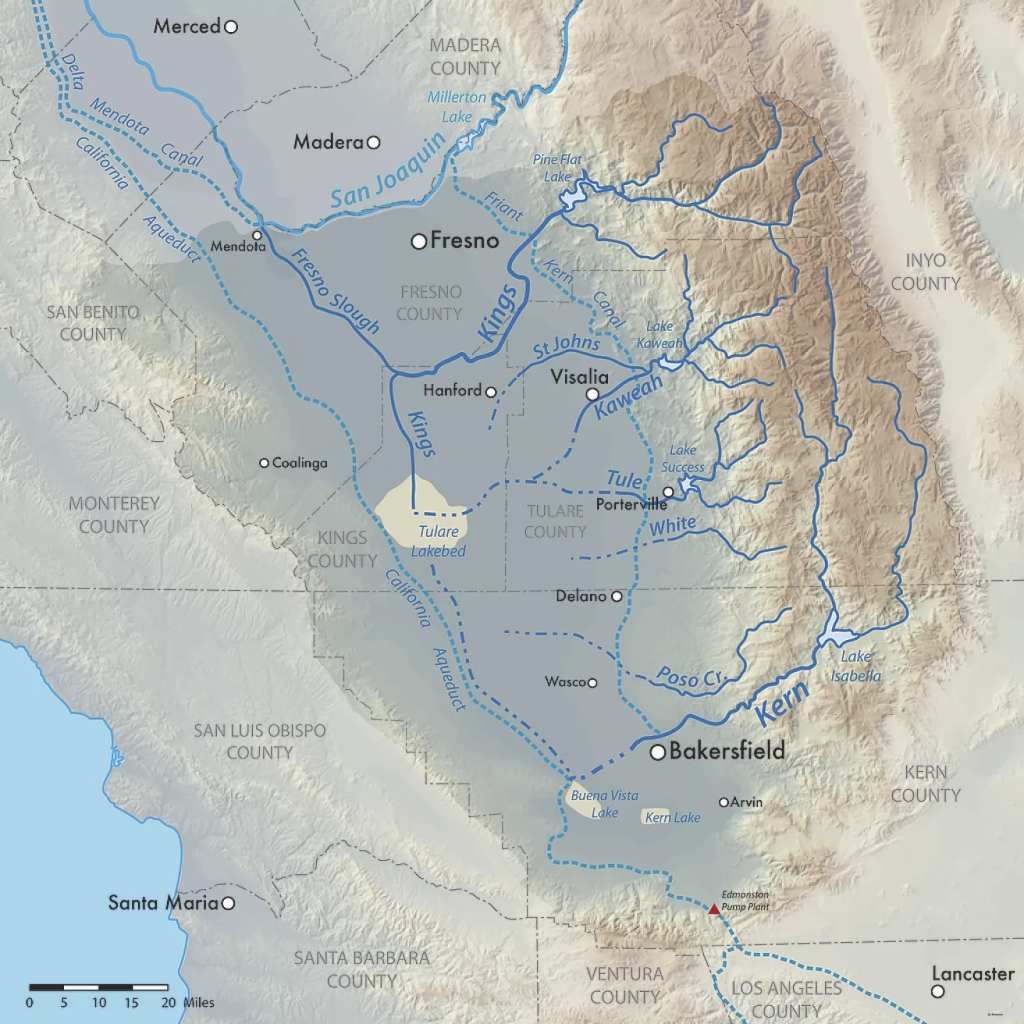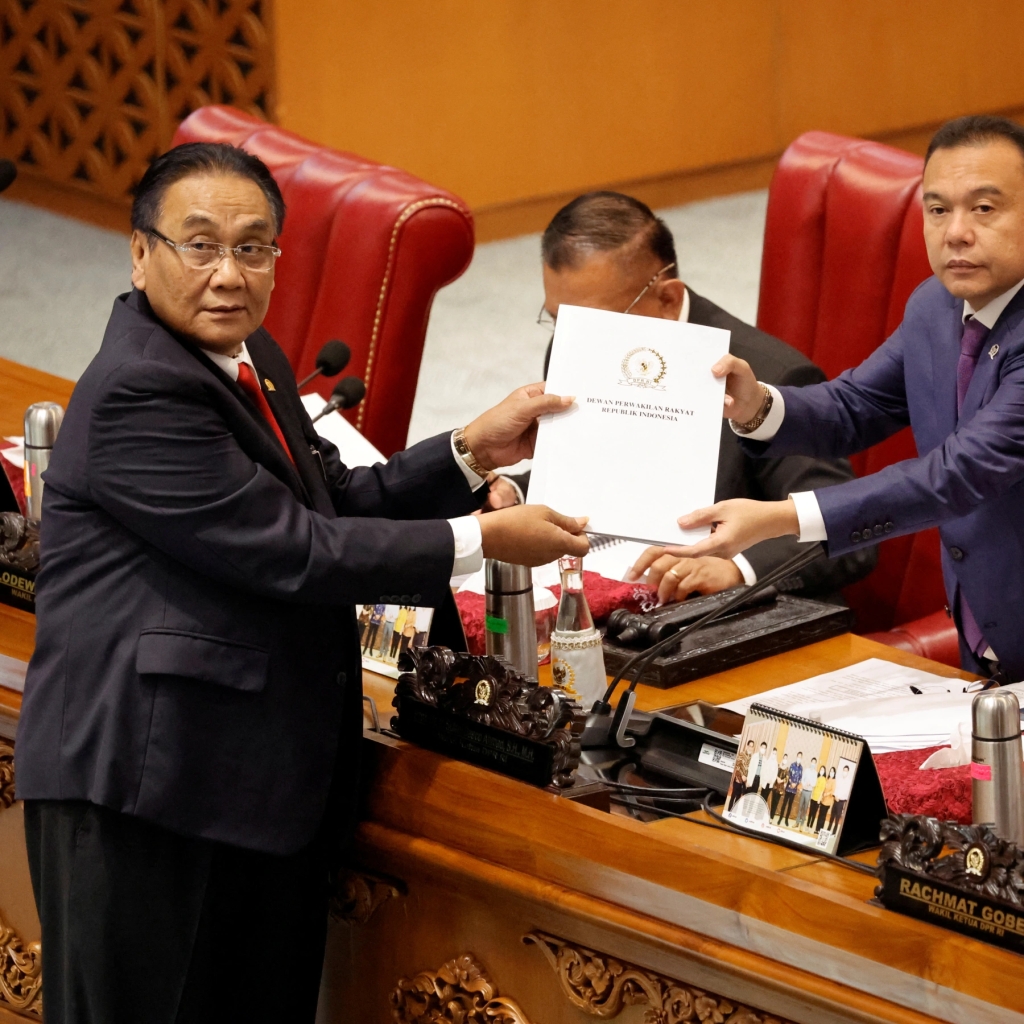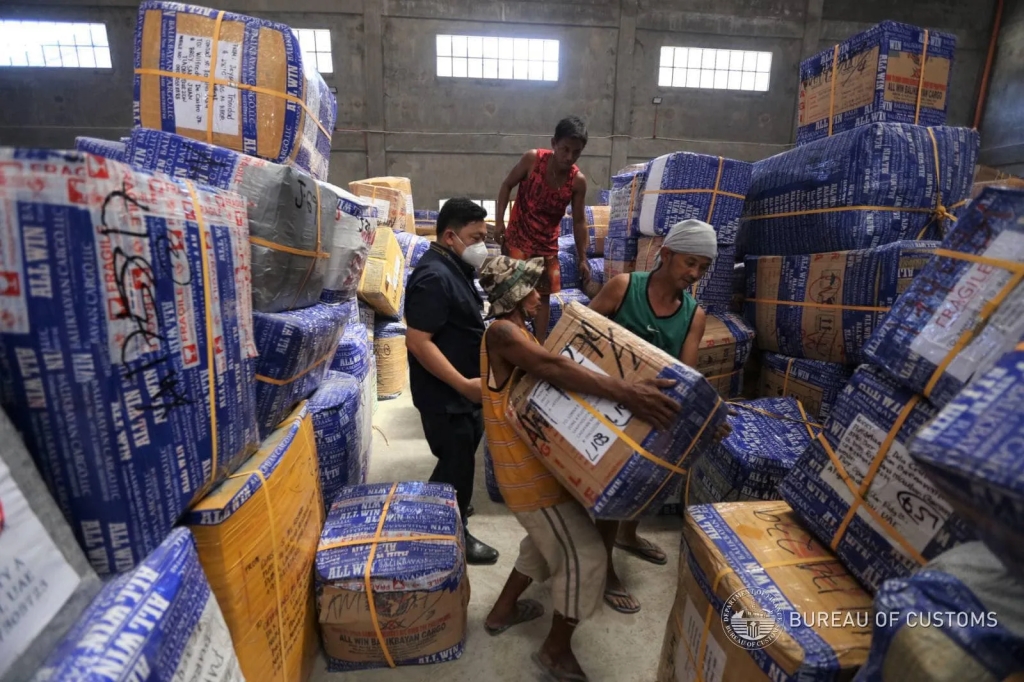
“The historic Hope Mill in Scituate will soon be torn down after it was deemed unsafe. The long-vacant mill, which officially shut down in 2006, and has been slowly decaying ever since. The former textile mill sits along the Pawtuxet River in the Hope Village Historic District, which is listed on the National Register of Historic Places.” SOURCE: WPRI
This story about this old mill being demolished (which is less than 2 miles from my residence) definitely hits close to home.
Growth and development are signs in the cultural landscape that show change in the economic landscape. So too are decline and decay. Mills used to dot the large, navigable rivers of southern New England, helping to shape a distinctive feature of Rhode Island landscapes. As energy technology and local economics shifted, these mills no longer are used to serve their original purpose to manufacture light textiles. Today many have been retrofitted to be condominiums, apartments, warehouses, retails space and all kinds of other land uses. Even with this creative use of existing infrastructure, many mills are underutilized or even become abandoned. After years of neglect, these types of building have a negative impact on the community as visible signs of disuse create a depressing ambience that signals communal decline.
TAGS: Rhode Island, landscape.









